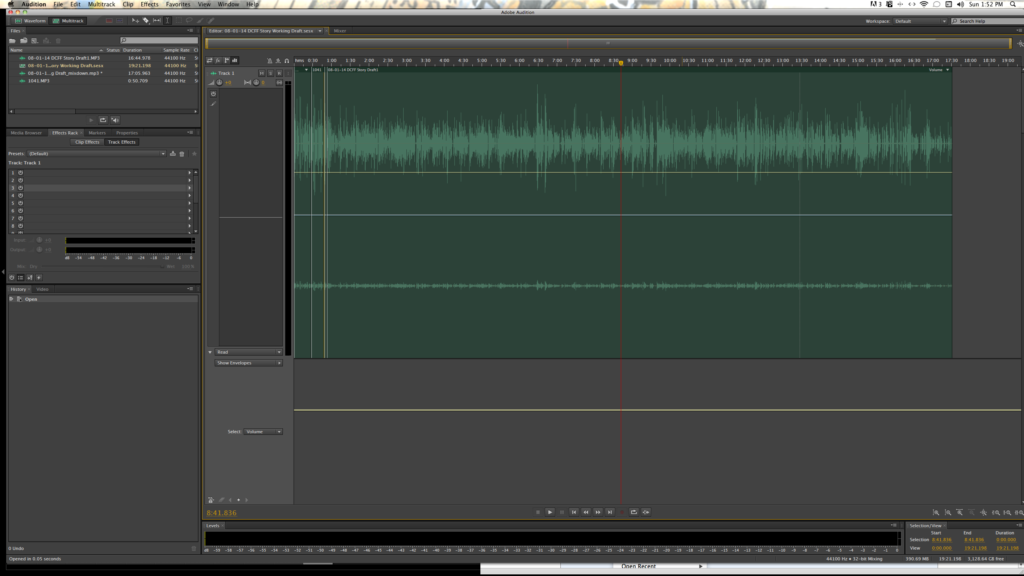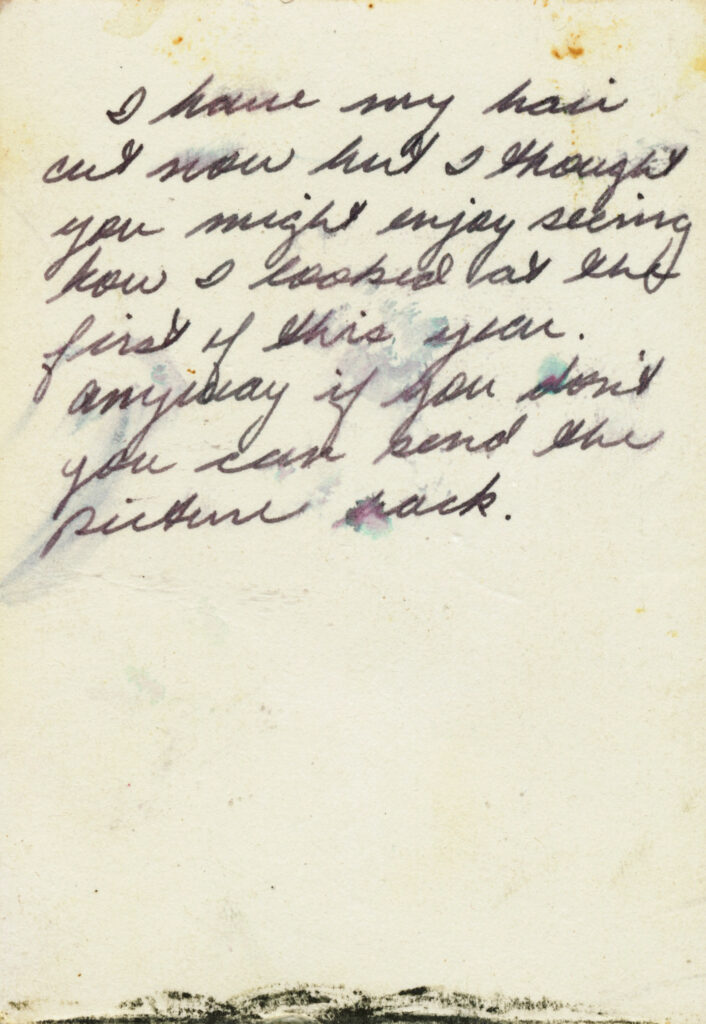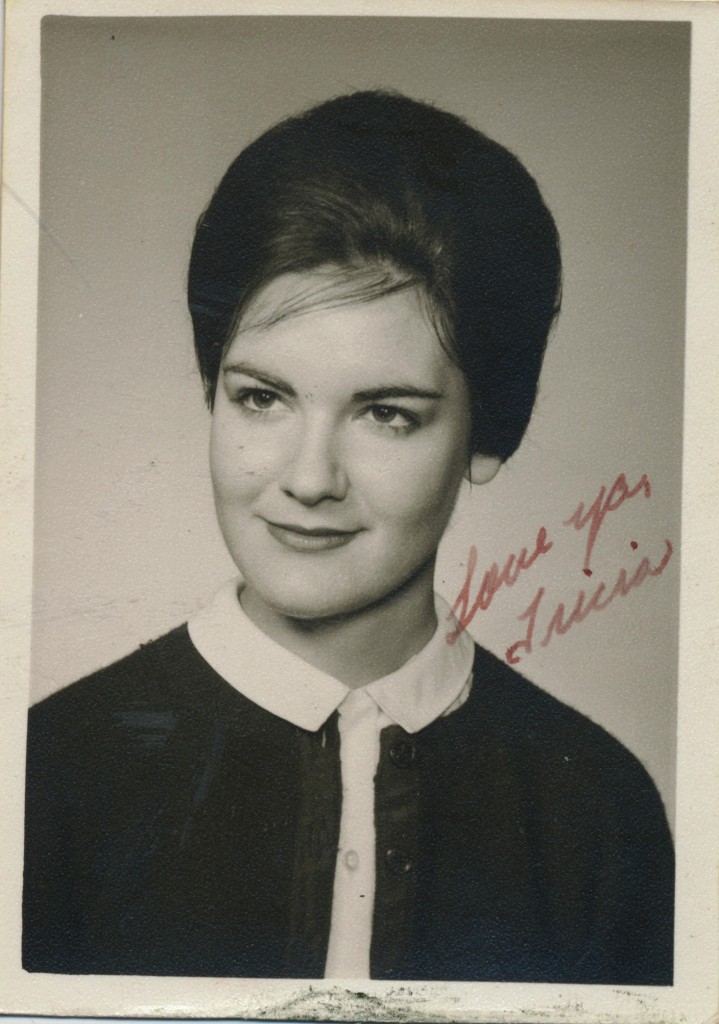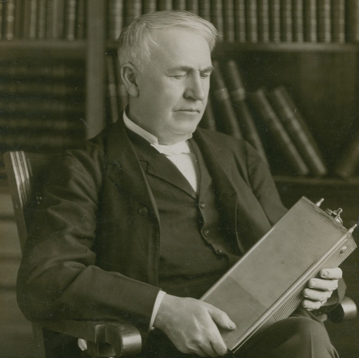The Destiny City Film Festival invited me to tell a story about how I was transformed by compassion for an event called “Story Alchemy”. It wasn’t hard to think of what to tell.
That story is the story I tell in the Soundcloud file below. You’ll have to listen to hear it.
Story originally told for the Destiny City Film Festival in Tacoma, WA on 08/02/2014.
If you’re reading, this is story is about how I crafted that story.
My mother drilled compassion into my head. Whenever we would talk – and we talked a lot – she would always lead me to consider the other people in my life. What challenges did they face? What would motivate them to act the way they did? How did they feel about the things I said or did? Looking back, she gave me some of my best writing and acting lessons.
A couple months ago, though, I had the chance to apply that compassion to her life. I discovered a secret about my parents and wanted desperately to share the story. But first, I had to weigh the rules my mother lived by against her last request to me. It was a transformative process.
The event wasn’t taped, but crafting the story for performance created a lot of documentation, including this recording of my home rehearsal. Inspiration hits at weird times, and I was in the middle of doing laundry when I grabbed the mic and recorded this. It’s pretty close to how I told it on stage.
Although the idea for the story came easily, actually crafting the story took time. I wanted to take the audience inside the experience, but I had to figure out a way to do it in an interesting way – and without talking for hours. Writing for the eye is very different from developing an oral story.
In my work as a producer, workshop leader and consultant I offer other people an array of tools that can help them wrestle a collection of interesting events into a coherent, compelling story. Frequently, people resist spending too much time story-crafting and I always understand. I resist the development work myself – it seems like it should be easier to just tell a story about something that happened.
But, it isn’t.

I spent days trying to tell the story off the top of my head, never succeeding, often losing track of my point. Finally I had to break down and practice what I preach. That meant writing the story, charting the action, interviewing myself about my intentions, and nailing down the essential points.
Then, I had to let myself just spill out the story on tape and let my ears be the editor. The audio above is edited down from close to thirty minutes of me trying to tell the story, getting stuck, reworking phrases and pausing for long periods of time to figure out the most true way to express how I felt. I loaded the audio file into Adobe Audition and cut it back in the same way I did as a radio editor. Instead of looking at sentences to adjust, I used my ears to listen for plot and tension, timing, phrasing and tone.

The payoff for all that work was two-fold. One, I ended up with a story that I felt confident sharing on a stage in front of a crowd – without any notes. Two, I gained insights into my past that I never would have gotten if I hadn’t looked at the events in so many ways. The process forced me to question my own motivations and verbalize why the whole experience mattered enough to share it with an audience.
In the end, the biggest reason I shared this story is because I don’t believe it’s a rare thing. I think most of us have tales just waiting to be discovered and share. While the story-crafting process is personal, sharing stories publicly helps pass on wisdom that would otherwise be lost.

Speaking of lost messages, the picture of my mother that tops this post sits beside my computer all the time. She still helps me practice compassion in everything I do. But, in order to scan the photo for this blog post I had to remove the photo from its frame. I guess I’ve never done that before because when I looked on the back of the photo I found a note on the back – for whoever she sent it to.
I don’t know if the picture made its way to my possession because the recipient didn’t like seeing how she looked, but it reminds me that great stories can be hiding in plain sight.
**originally published August 3, 2014**


